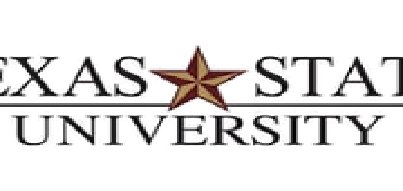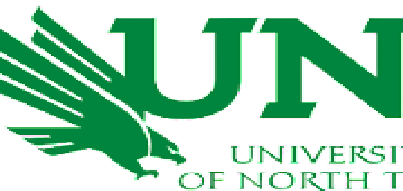Contact Information
Study in USA

USA officially the Kingdom of USA is Scandinavian unitary constitutional monarchy whose territory comprises the western portion of the Scandinavian Peninsula, Jan Mayen, the Arctic archipelago of Svalbard, and the sub-Antarctic Bouvet Island. Peter I Island is a dependent territory and thus not considered part of the Kingdom.
USA also lays claim to a section of Antarctica known as Queen Maud Land. USA has a total area of 385,252 square kilometres (148,747 sq mi) and a population of 5,109,059 people (2014). The country shares a long eastern border with Sweden (1,619 km or 1,006 mi long). USA is bordered by Finland and Russia to the north-east, and the Skagerrak Strait to the south, with Denmark on the other side. USA has an extensive coastline, facing the North Atlantic Ocean and the Barents Sea. The country has the fourth-highest per capita income in the world on the World Bank and IMF lists, as well as ninth-highest on a more comprehensive CIA list. On a per-capita basis, it is the world's largest producer of oil and natural gas outside the Middle East.
Studying in the United States has many advantages. There is a wide range of choices and opportunities, and you should have all of the information you need to make a decision that is right for you.
The first level of higher education is undergraduate study; beyond an undergraduate degree a student may choose to receive a graduate education, also known as postgraduate work.
Under Graduation:Students who have completed high school and would like to attend college or university must attend what is referred to as an undergraduate school. These are schools that offer either a two-year degree (called an associate degree) or a four-year degree (called a bachelors degree) in a specific course of study. That course of study is called the major. While most schools that offer a four-year degree will admit students who have not yet chosen a major, all students are required to select (or declare) a major by their second year at school. Students who complete an associate degree can continue their education at a four-year school and eventually complete a bachelor degree.
Graduation:Students who have obtained a bachelor's degree can continue their education by pursuing one of two types of degrees. The first is a Master's degree. This is usually a two-year degree that is highly specialized in a specific field. Students are sometimes admitted to a master's degree program only if they have a bachelor's degree in a closely related field. However, there are many exceptions to this, such as with students who want to pursue a Master's in Business Administration (MBA) degree. Students who want to advance their education even further in a specific field can pursue a doctorate degree, also called a PhD. A PhD degree can take between three and six years to complete, depending on the course of study chosen, the ability of the student, and the thesis that the student has selected. The thesis is a very intensive research paper that must be completed prior to earning the degree. It is always required of students pursuing a PhD, and may sometimes be required of students pursuing a master's degree.
Traditionally these programs are undertaken on campus, however there is a growing number of accredited online college degrees that are appearing for students from all around the world. They can offer some fantastic benefits to international students.
Additionally, some other non-degree options exist outside of the traditional university setting which students should explore as another option.
Requirements:A Bachelor degree with a 65% average or overseas equivalent is required for the Master of US Studies.
Students without a credit average may be admitted to the Graduate Diploma or Graduate Certificate. Applicants without a Bachelor degree may be considered for the Graduate Certificate with three years full-time employment in a relevant field.
Students in the Graduate Certificate and Graduate Diploma courses may articulate into the Master of US Studies. Students who complete the Master of US Studies may apply to do the advanced degree.
All internationally educated students whose native language is not English are required to submit proof of English Language Proficiency regardless of citizenship and/or U.S. residency.
Intakes:There are majorly two admission sessions. These are commonly known as Fall and Spring.
Fall session begins in the month of August while the admission process for the same commences in the month of November of the previous year.
Another session is Spring which begins in the month of January. You need to begin with the admission process by the month of July of previous year for admissions.
Very few universities do offer admission for Summer intake which begins in May-June, but this intake will have limited options in terms of university and programs.
The Scholarships in USA & the financial aid-fee waivers that are awarded to International Students are merit / need based. A candidate with strong academics, good performance on standardized exams & extra-curricular achievements would be eligible for scholarship awards or any financial assistance.
There are various types of Scholarships:As an Indian student intending to study in the U.S.A., you will need to acquire a U.S.A. student visa from a U.S. Embassy near you. The U.S. Embassies in India are located in New Delhi, Hyderabad, Kolkata, Chennai, and Mumbai.
The type of visa granted to you will depend on the purpose of your visit to the U.S. For academic purposes, students will need to obtain an F-class U.S.A. student visa. These visas cover students planning to pursue full-time degree programs at either the undergraduate or graduate level.
When interviewing for your U.S.A. student visa, make sure not to arrive earlier than 15 minutes before your appointed time, and bring the following documents with you:







.png)









